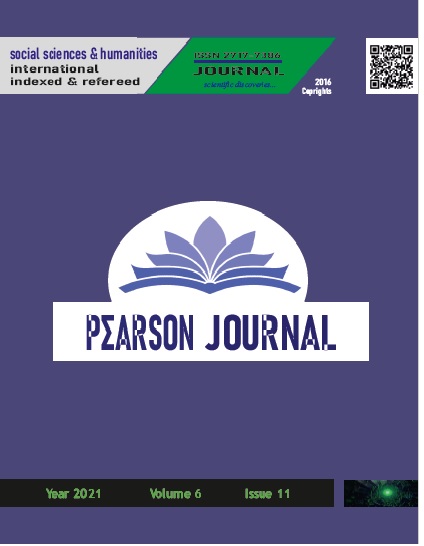FOREIGN DIRECT INVESMENT OUTFLOWS AND ENVIRONMENTAL POLLUTION: HIDDEN COINTEGRATION ANALYSIS FOR TURKEY
DOI:
https://doi.org/10.46872/pj.235Keywords:
Foreign Direct Invesment Outflows, Environmental Pollution, Pollution Haven Hypothesis, Pollution Halo Hypothesis, Hidden Cointegration Analysis, Crouching Error Correction ModelAbstract
The relationship between foreign direct investment, which is a type of cross-border and long-term investment, and environmental quality is a current issue that is heavily debated. Foreign direct invesments can ensure economic growth and development of countries, while also causing a change in environmental quality. In the research conducted, it is seen that changes in carbon dioxide emissions with foreign direct capital inflows are mainly investigated from the point of view of the host countries. However, foreign direct invesment outflows may have an impact on the environmental quality of the home country. Because foreign direct invesment outflows can enable the transfer of more environmentally friendly techonogies to the country and strengthen management skills. The impact of foreign direct investment outflows on the home country's environmental pollution is shaped by many factors (scale, technique, and composition effects). In addition to these effects, it is necessary to pay attention to the regional and sectoral distribution of capital outflows. The main aim of this study is to examine the links between Turkey's foreign direct invesment outflows and carbon dioxide emissions for the period 1990-2018. For this reason, a unit root test was applied to variables whose natural logarithm was taken. Tests showed that all series are stable of the same degree. Engle&Granger(1987) and Granger&Yoon(2002) tests were used to determine the cointegration relationship between variables. The crouching error correction model(CECM) was applied to determine the causality relationship. According to the results of the analysis; i) In terms of the Engle&Granger(1987) test, there was no long-term relationship between variables. ii) According to the Granger&Yoon(2002) test, it was determined that there is a bidirectional hidden cointegration relationship between the positive shocks of carbon dioxide emissions and negative shocks of foreign direct invesment outflows. iii) There is a bidirectional asymmetric causality relationship between the positive shocks of carbon dioxide emissions and the negative shocks of foreign direct invesment outflows. iv) It is observed that 1% negative shocks in foreign direct invesment outflows reduce positive shocks in carbon dioxide emissions by 0,26%. As a result, since negative situations in foreign direct invesment outflows have an effect on improving the quality of the environment, the environmental dimension should be taken into account in the policies to be made.




